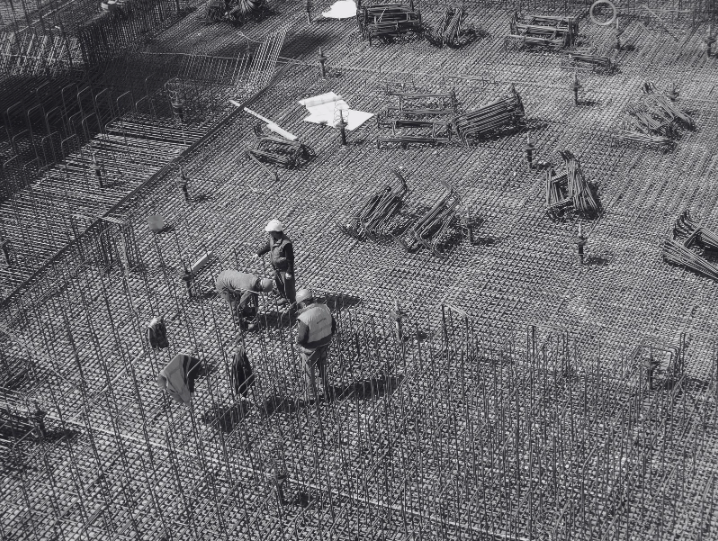Beyond Basic Efficiency: Process Redesign for Building Capacity
For corporations and federal agencies alike, the era of Band-Aid solutions to process-related challenges should have ended long ago. But organizations keep blundering into the same pitfall: pursuing tactical efficiency gains without building lasting operational capabilities. Operational excellence requires both - doing current things better while fundamentally reimagining how organizations execute on their core mission to deliver superior outcomes.
This isn't just theory. The integration of operational excellence with strategic intent represents a fundamental shift in how organizations must think about performance improvement. When we work with high-performing organizations, we consistently find that process redesign serves as the critical foundation for building lasting capabilities. The most successful organizations don't just streamline existing processes – they systematically redesign them to strengthen core capabilities over time. Even the private sector, lauded for innovating management best practices often falls into the same trap.
Consider a federal agency we recently worked with, at a critical juncture in its modernization journey. Despite maintaining acceptable performance metrics, leadership recognized that more effectively meeting today’s functional requirements and tomorrow's mission demands would require more than incremental improvements. Rather than waiting for external pressure to force their hand, they took a proactive stance. The conventional playbook would suggest focusing on standard efficiency metrics and quick wins. Instead, they embraced a fundamentally different approach to transformation.
The breakthrough came when they shifted from a compliance-first to a capability-first mindset. Instead of asking "How do we rework the flowchart for our current processes?" they asked "What outcomes must we deliver, what capabilities must we excel at to deliver on those outcomes, and how do we work with our partners and customers to get there?" This shift in perspective opened new horizons for operational innovation. Working with cross-functional teams, they mapped their end-to-end functional requirements against stakeholder needs and the resulting current and anticipated future mission needs. This systematic capability assessment revealed critical gaps masked by seemingly adequate performance metrics. More importantly, it illuminated opportunities to turn potential constraints into catalysts for innovation.
The results proved transformative across several dimensions:
Mission Impact: Processes became outcomes-driven (improving resilience against natural hazards at US posts overseas) rather than output-driven (conducting flood studies)
Organizational Clarity: Clear roles and responsibilities emerged across technical teams, internal stakeholders, and end customers, allowing for more accurate staff and capacity planning and deployment
Operational Efficiency: Cycle times improved and additional headcount needs lessened due to clarified roles, touchpoints, hand-offs, and accountability, including by creating process-discipline across customers
Traction: Buy-in to the program’s mission increased by focusing discussions with customers and senior leadership on value creation (why) rather than just execution (what)
Operational excellence requires both - doing current things better while fundamentally reimagining how organizations execute on their core mission to deliver superior outcomes.
This points to a fundamental truth: genuine operational mastery transcends traditional efficiency metrics. It requires building three core capabilities:
Cross-functional Process Architecture: Designing end-to-end processes that align with mission outcomes while building in flexibility for future requirements. This means creating integrated workflows that optimize across organizational boundaries as the starting point rather than sub-optimizing within silos.
Capability-Driven Design: Starting with clear outcome requirements, then methodically designing and implementing the processes needed to deliver those outcomes consistently. This involves rigorous analysis of current process maturity and systematic closure of performance gaps.
Integrated Performance Design: Implementing measurement systems that connect process metrics to mission outcomes. This requires tracing the direct line from process performance to stakeholder value.
The path to this transformation isn't always comfortable. It requires breaking down organizational silos that have developed over time, challenging deeply held assumptions about "how things must be done" and embracing calculated risk-taking with appropriate guardrails.
Yet the alternative – continuing to optimize around the edges while fundamental operational challenges persist – poses an existential risk in today's environment. Organizations must develop new capabilities in agile process design and implementation, finding the right balance between process standardization and flexibility to meet evolving mission needs.
As you reflect on your organization's operational state, ask yourself: Are your processes truly designed to strengthen core capabilities over time, or are they just maintaining the status quo more efficiently? Are your operations built to adapt and improve through change, or do they barely maintain stability? The answers will determine not just your operational effectiveness, but your organization's ability to thrive in an increasingly complex environment.
In our next piece, we'll explore exactly how to assess your current operational maturity and identify the highest-impact opportunities for performance improvement. The journey to operational mastery is challenging – but the cost of not embarking on it is far greater.
Contact us to learn more.


